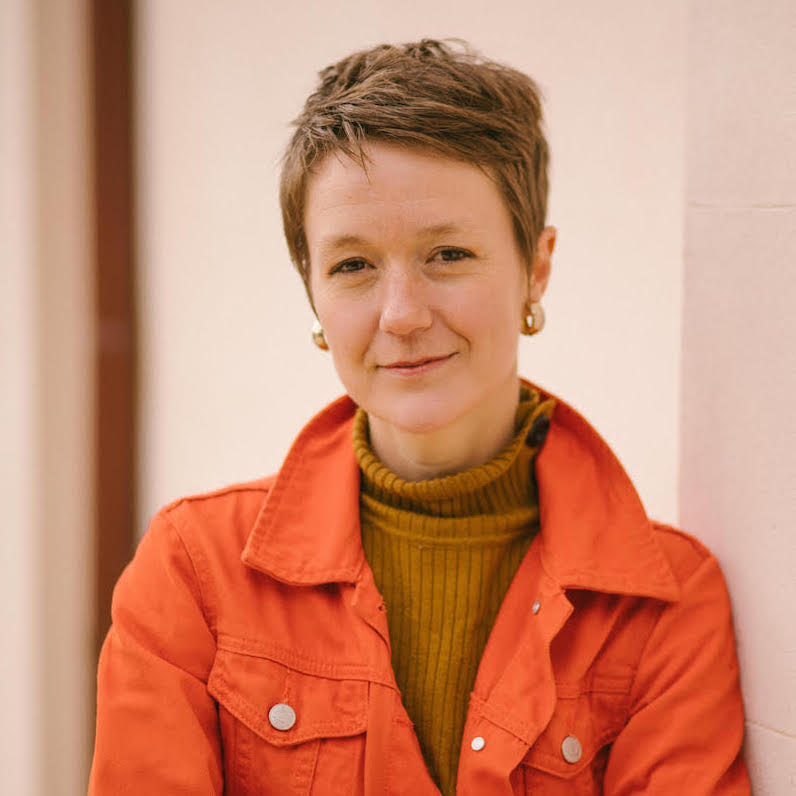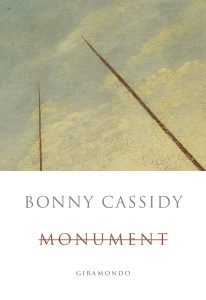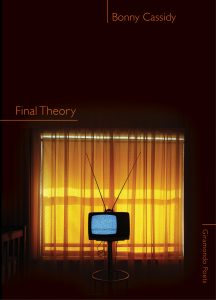
Photo: Laura Du Vé
Bonny Cassidy
Bonny Cassidy is the author of three poetry collections – Certain Fathoms, Final Theory and Chatelaine (shortlisted for the Prime Minister’s Award for Poetry and the Judith Wright Calanthe Award) – and co-editor of the anthology Contemporary Australian Feminist Poetry. Her essays and criticism on Australian literature and culture have been widely published, and her awards include an Asialink fellowship and a Marten Bequest Travelling Scholarship. She teaches Creative Writing at RMIT University and lives in the bush on Dja Dja Wurrung Country, Central Victoria. Her latest book is Monument, released by Giramondo in 2024.



